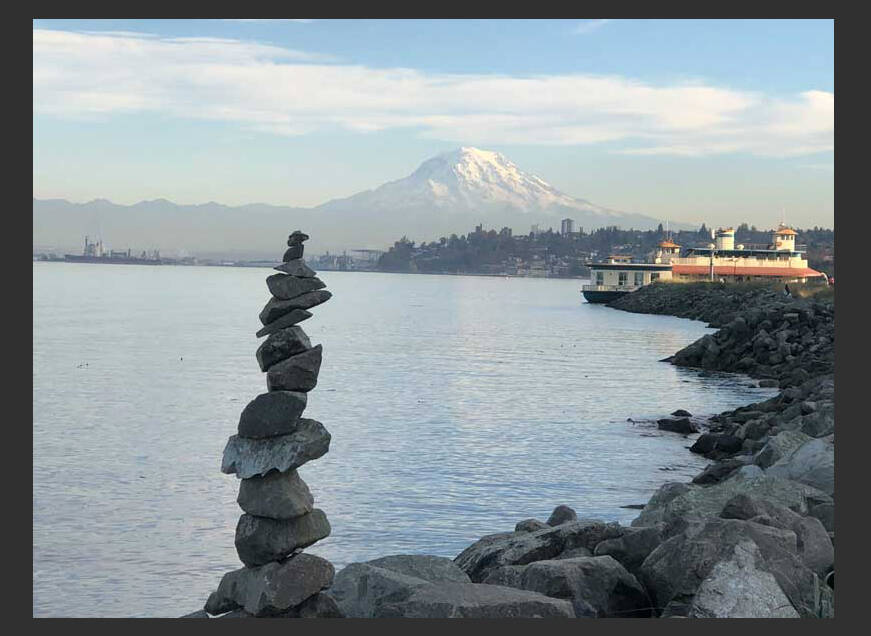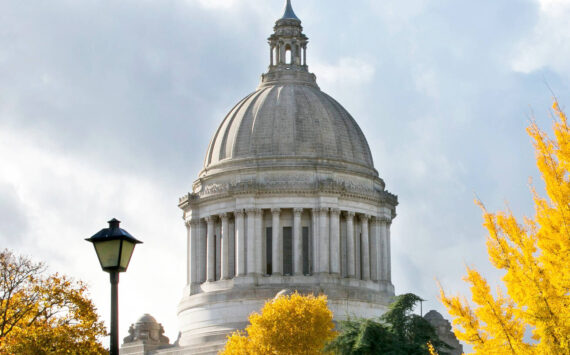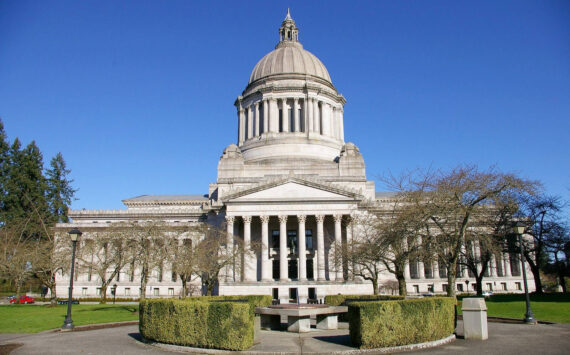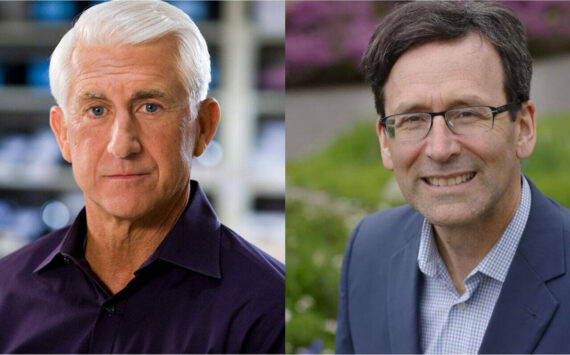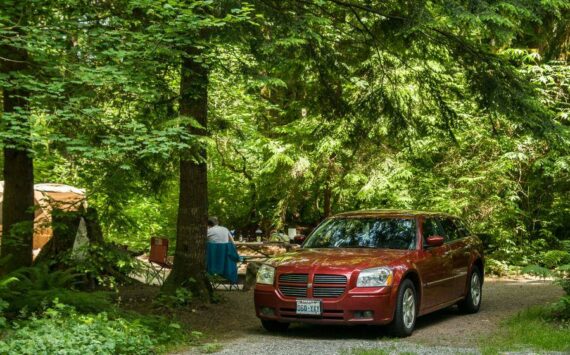By Morf Morford
Tacoma Daily Index
Point Ruston is a beautiful place. It’s the kind of place that is a magnet for out of town visitors.
With stunning views, immediate access to Point Defiance, great places to eat, and, especially in the summer months, a steady stream of events, farmers markets and activities for all ages, abilities and interests – and of course, for 3,000 or so, Point Ruston is a unique and attractive place to live. Or play.
As with every situation it seems, there is more to Point Ruston than meets the eye.
When I visit Point Ruston with visitors or with children, I find myself looking at the site with two unyielding, yet undeniable points of view.
The most obvious impression is the glistening new buildings and the multitude of services.
In many ways, Point Ruston is a model of a pedestrian/family friendly urban village. It is ADA accessible, walkable and, as more than one person has put it, “makes it hard to believe we are still in Tacoma”.
That’s what Point Ruston is.
But some of us can’t put aside what the site currently known as Point Ruston used to be.
For decades, almost an entire century in fact, what we now see as a new and stunning site packed with activity and opportunity was, not that long ago, the grim, toxic dust covered superfund clean-up location of a massive copper smelting operation that spewed lead and arsenic waste across Puget Sound, including Vashon Island and, of course, much of Tacoma.
This poisonous waste saturated the water and soils of the South Sound for years.
The smelter itself was at the top of the hill, across the street from the still-operating Unicorn tavern on North Baltimore. The processing and shipping was at the waterfront – most of it not in Tacoma, but within the boundaries of the town of Ruston.
If you look at a map of Tacoma, just outside of Point Defiance, you’ll see a large square, about 97% contained within Tacoma’s city limits – that’s Ruston.
Only a few feet at the waterfront keeps it from being entirely enclosed by Tacoma.
Ruston, for most of its existence, was the ultimate company town – with most of its residents employed by, or otherwise connected to the smelter.
Ruston’s population has barely changed over the past several decades.
The residents of Point Ruston technically live in Tacoma (you can see a marker noting the boundary between Tacoma and Ruston near the water across from the Silver Cloud Hotel).
Point Ruston is at minimum a billion-dollar project.
A project of that scale is inherently complicated.
It has taken many years, and vendors, and hands and business deals to make a project of this size come to fruition.
And, not all of those business deals worked out or came to satisfactory conclusions.
Part of the problem was that Point Ruston was stymied by the 2008-09 recession, another was that many of the construction details crossed over the boundaries of the two jurisdictions – Tacoma and Ruston.
Another complication was the toxic soils moved, remediated or built over. Nearby Dune Peninsula, for example, a beautiful, recently developed extension of Point Defiance, is, below the surface, entirely composed of molten industrial slag from the copper smelter.
It was dumped (for decades) into the bay, by rail with giant “buckets” (there is one on display at the entrance of the park). You might see some of this slag on exposed edges of the property. It is immediately recognizable – it looks like hardened, once-bubbling and flowing volcanic lava.
If you see it in its current hardened form, imagine it molten and boiling at several hundred degrees – and saturated with toxic metals like arsenic, cadmium, copper, lead, and zinc which flowed, year after year, into the soil, air and bay of over 1,000 square miles of the Puget Sound basin.
There were, back then, close to zero environmental laws or guidelines, but there was much money to be made. Until, of course, there wasn’t.
There was never much a reason for a smelter to be in Tacoma/Ruston.
We don’t have much copper ore here (most of the raw copper ore came from South America), but we did have access to rail and sea lines and a seemingly endless supply of coal to keep those hellish fires burning 24 hours a day for years – only shutting down as needed for those few required days necessary for repairs or maintenance.
And, of course, an equally endless supply of local officials willing to turn an eye (and hold out a hand) when it came to questionable activities at the crossroads of Tacoma/Ruston, Puget Sound and international mining and trade.
The smelter closed in 1985 and was demolished in 1993.
The ASARCO smelter was not the first or last to leach resources, create fortunes for a few and leave a toxic legacy for generations to live with or attempt to clean up.
But like every good story, the plot-line keeps going, with plot-twists and complications every step of the way.
With over a billion dollars and stretching across many years (and a couple of recessions) legal and financial difficulties are inevitable.
For a vision of this size to take shape, stumbles, sometimes dramatics ones, are inevitable.
Point Ruston has been involved in about 20 lawsuits so far. The Point Ruston Public Market, for example, has been the center of dispute for some time now. You can see more on that complication here.
The developers of Point Ruston have even tangled with JBLM.
You can see our previous article on Point Ruston here or you could look at the Point Ruston website here.
You can see the fine print of the environmental legacy of the smelter here.
